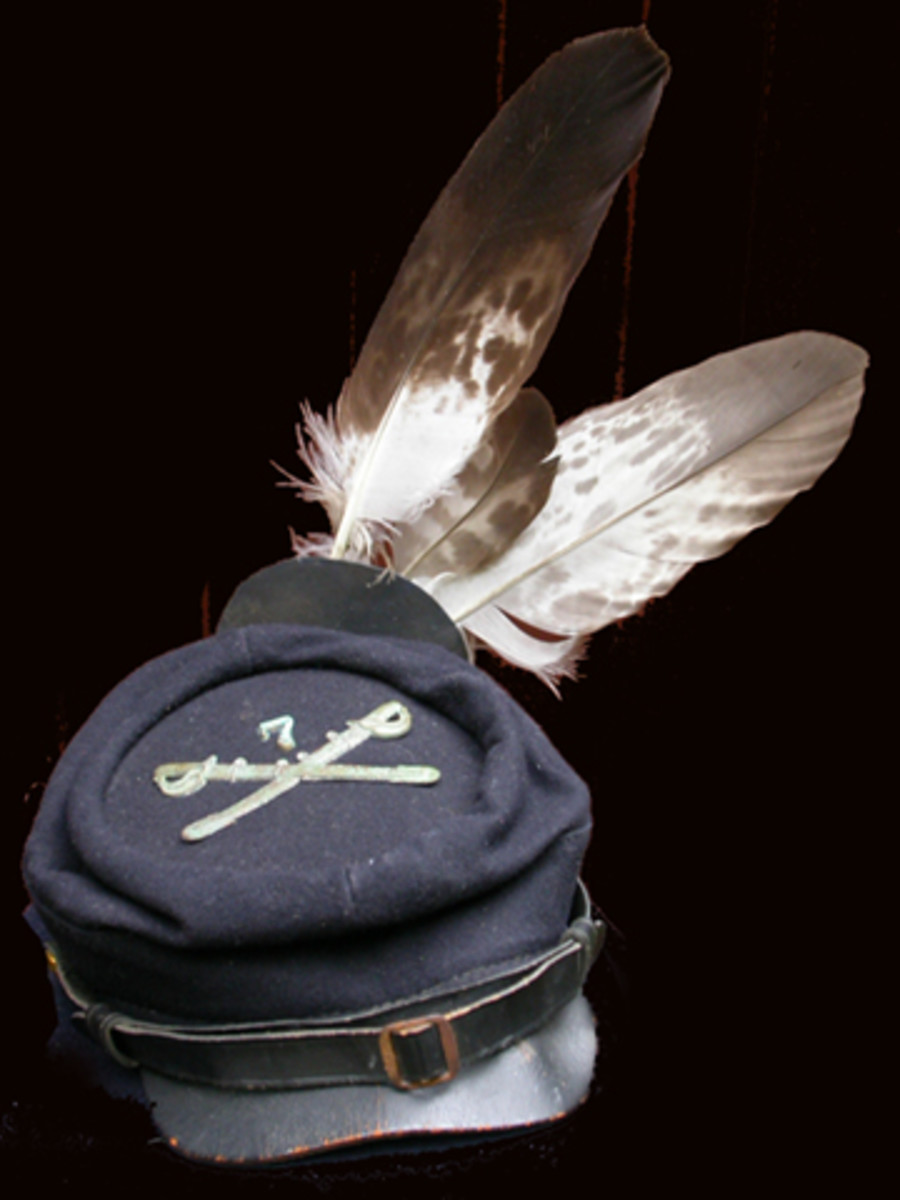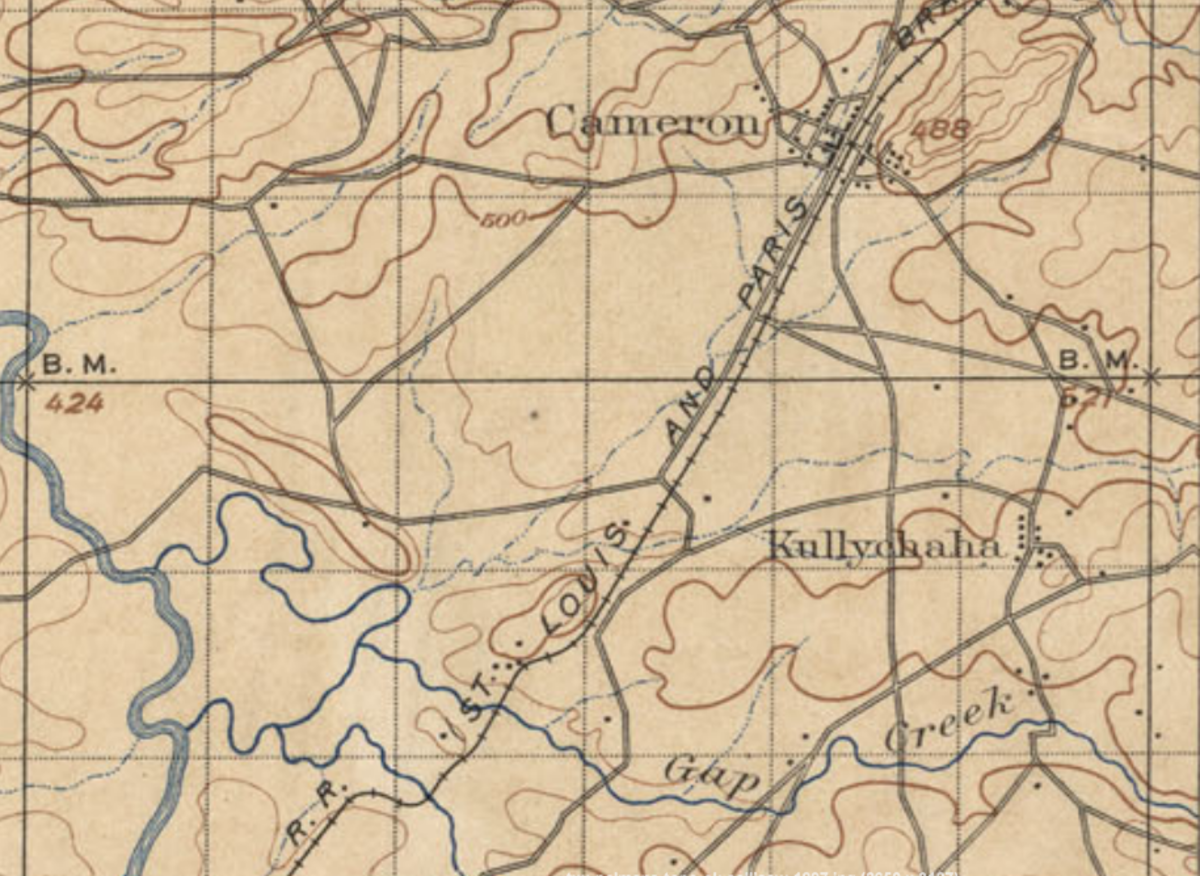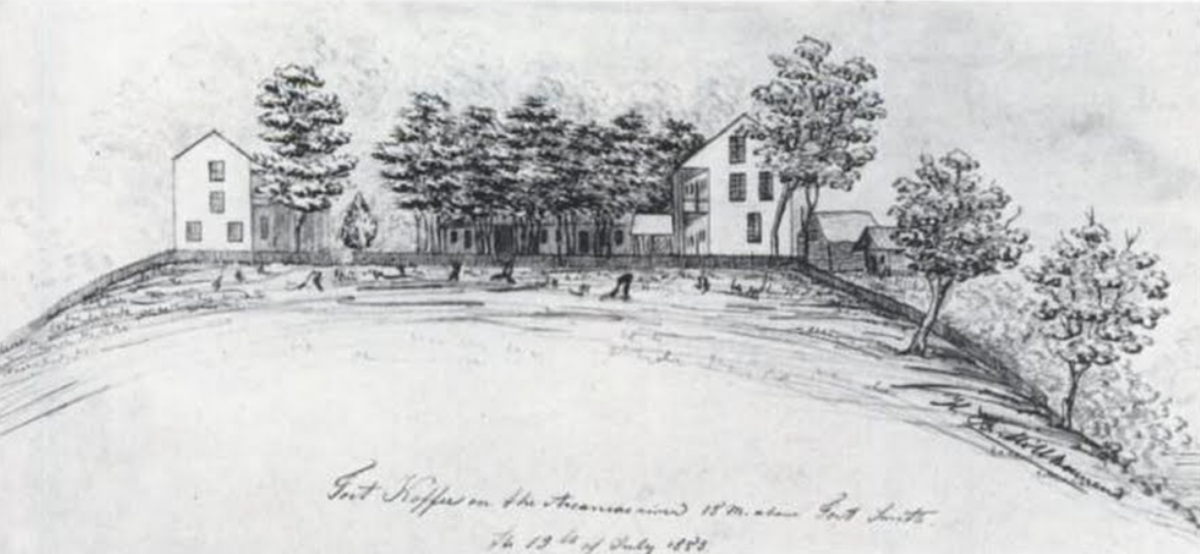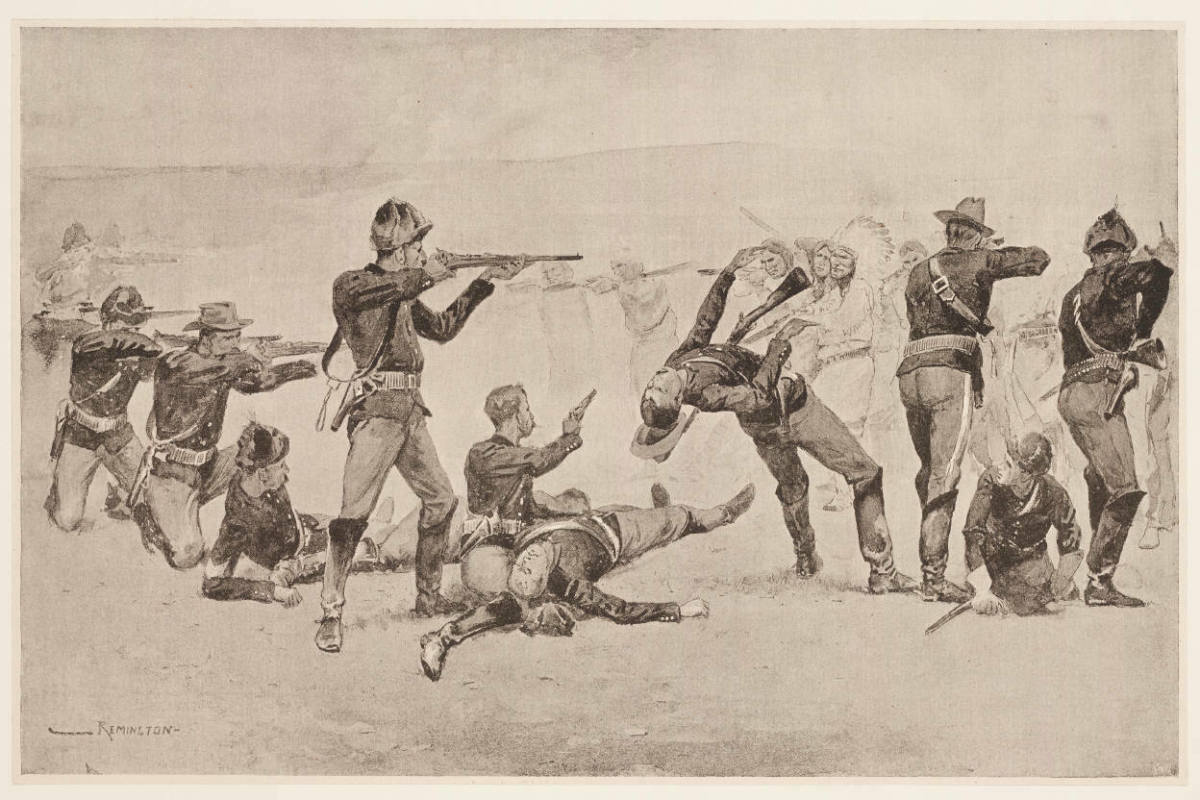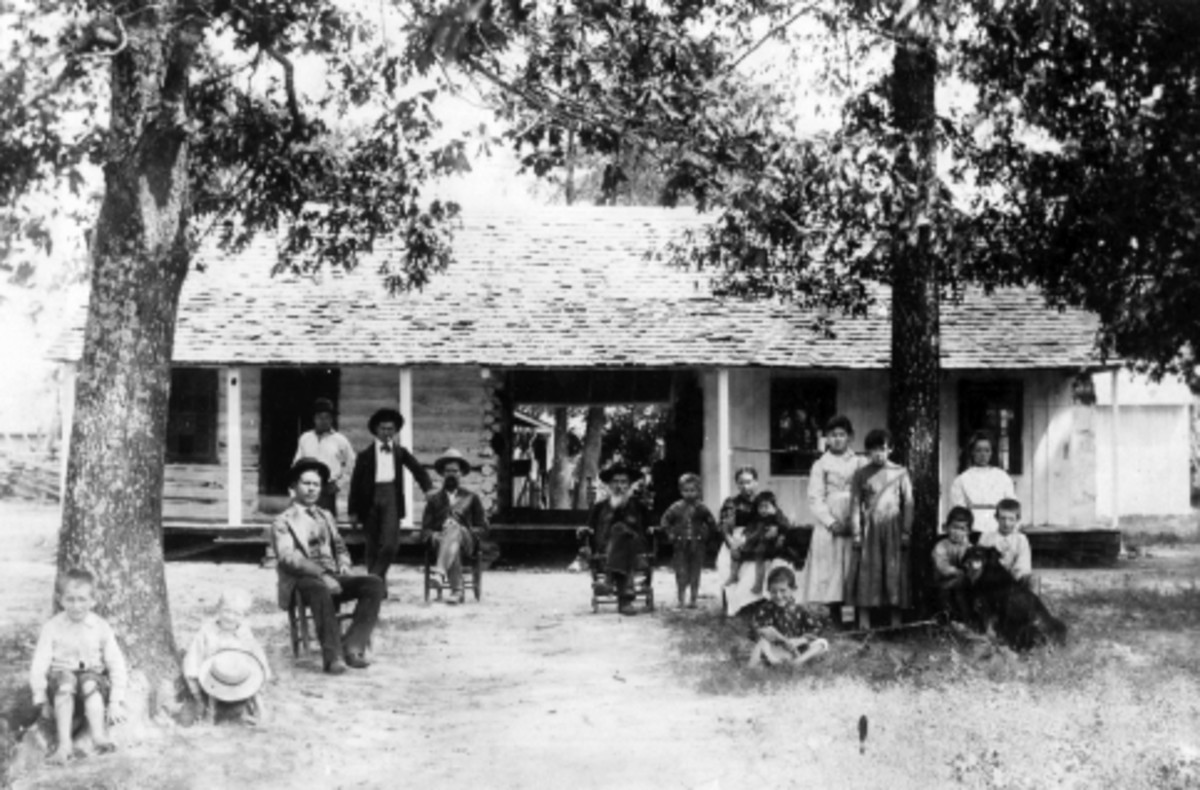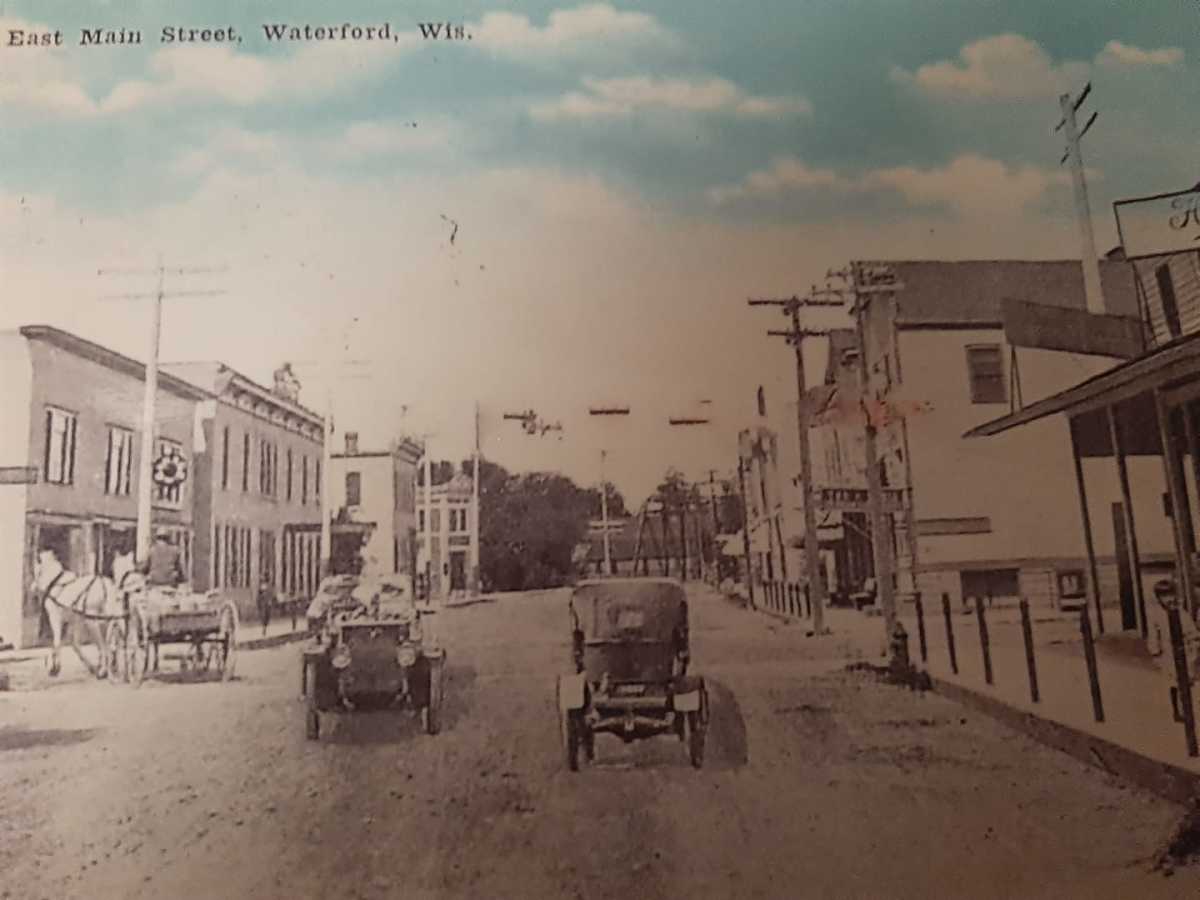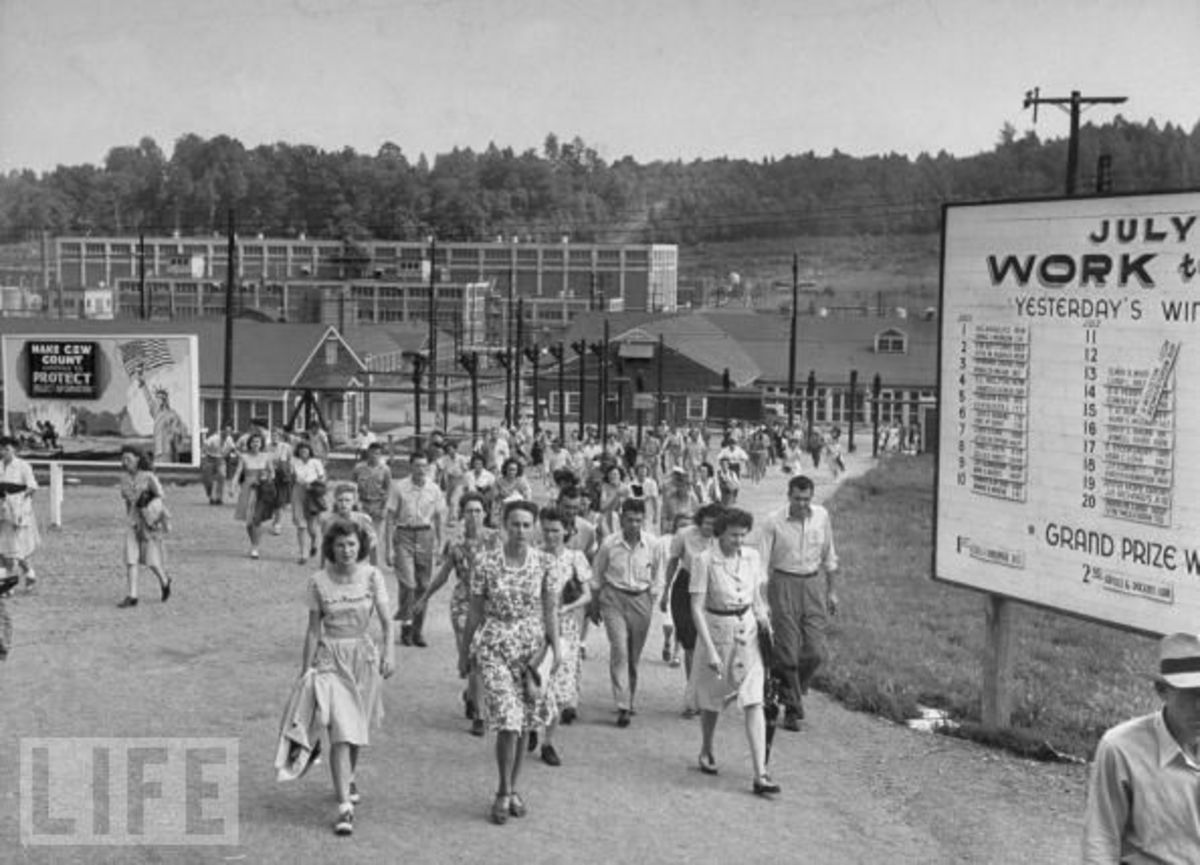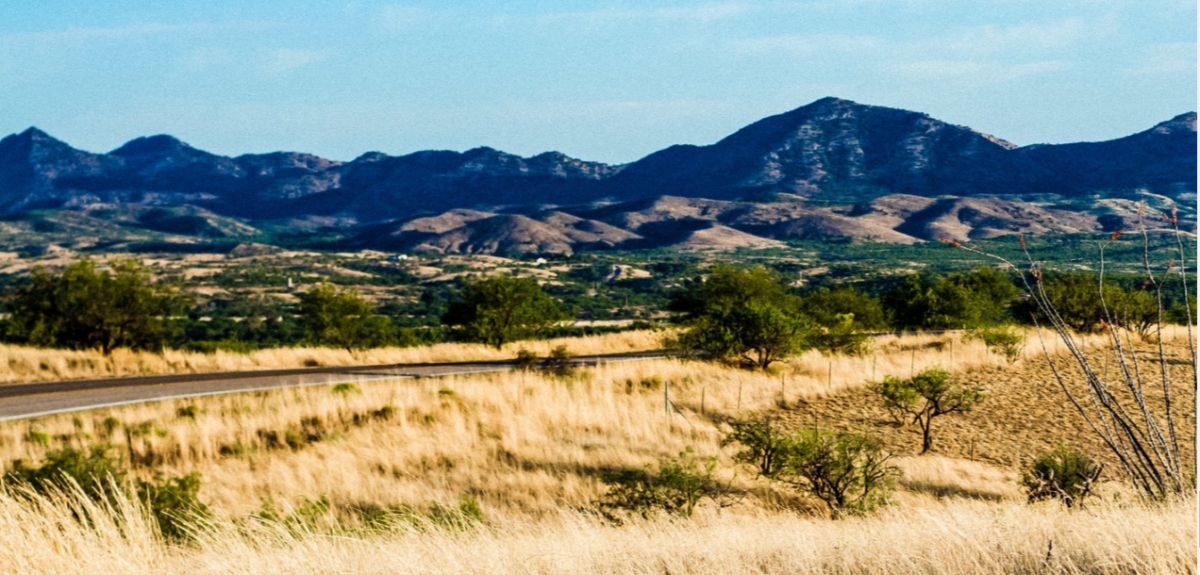- HubPages»
- Education and Science»
- History & Archaeology»
- History of the Americas
"Cherokee Bill's" Reign of Terror
Fort Smith Gallows
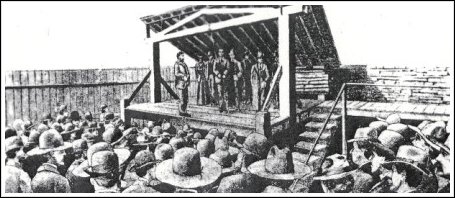
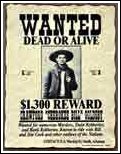
There were no tears shed for Crawford Goldsby as he swung from a hangman’s noose at Fort Smith Gallows on March 17, 1896. He was as mean and unrepentant as they come. As he stood on the gallows with a noose around his neck, he was asked if he had any final words. He said, "No! I came here to die, not make a speech."
Goldsby was born at Fort Concho, Texas, on Feb. 8, 1876 and was to become known as the infamous “Cherokee Bill.” Bill was said to be of mixed blood, white, Hispanic, and black. Some sources say he was of African, European and Indian ancestry. His parents were St. George and Ellen Beck.
Bill’s father was a mulatto from Alabama, a sergeant in the Tenth United States Cavalry, and a Buffalo Soldier. His mother was a Cherokee Freedman, mixed with African, Indian and white ancestry. At any rate Bill ended up homeless at the age of seven when his parents separated. Apparently abandoned, a kindly old black woman at Fort Gibson in Indian Territory took him.
The Gang
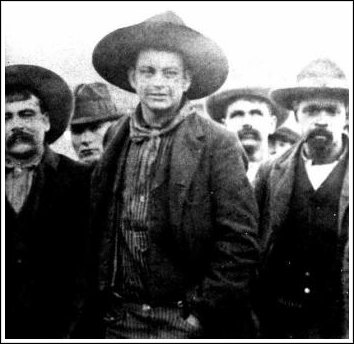
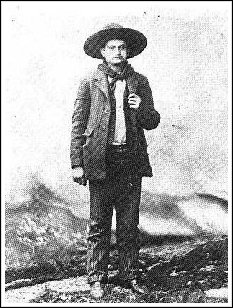
Bill began getting into trouble at an early age. Not the type of trouble all young kids manage to get into, but serious trouble. He shot and killed his brother-in-law at age 12 simply because he was told to feed the hogs. However, because of his young years he wasn’t prosecuted.
In his teens Bill took up petty thievery and regularly got into fist fights. If he couldn’t whip them with his fists he’d go for his guns. By the age of fifteen he had gained a reputation as an expert shot.
While attending a dance at Fort Gibson in 1894 he shot and wounded a man named Jake Lewis in a jealous rage over a woman. Some say it was because Lewis had earlier beat up his younger brother. In any case, Bill didn't hang around to answer to the law since they had already had enough of the young upstart. He was charged with assault with intent to kill and he became a wanted man on the run.
Still in his teens, Bill began associating with some of the worst outlaws in the Indian Nations, William and James Cook known as the Cook Brothers and also still in their youth. William gave him the nickname "Cherokee Bill" which stuck.
It wasn’t long before the trio met up with a posse near Tahlequah in Indian Territory who had a warrant for the arrest of Jim Cook on a charge of larceny. Although cornered they decided to go for their guns and after a brief gun fight managed to make a run for it. But the posse was determined and continued pursuit. During the chase Cherokee Bill turned in his saddle and fired a shot, killing Deputy Sequoyah Houston. Jim Cook was also badly wounded during the chase and was taken to Fort Gibson where they were forced to leave him. He was later captured by lawmen. In the meantime, Cherokee Bill rode to the home of his sister, Maud Brown and hid out there.
Her husband, George Brown, was a sadistic drunkard. One day he took a whip to Maud for not following his orders fast enough. While he was beating his sister, Cherokee Bill calmly walked up behind him and shot him to death.
Afterwards, Bill Cook and Cherokee Bill formed a new gang, mostly comprised of black men with Indian blood. The new gang began working around Oklahoma. At first their crimes were fairly small time, consisting mainly of horse theft and petty whiskey peddling. But soon they advanced to robbing banks, stores and stagecoaches, all the while growing more hardened and ruthless.
In the summer of 1894, Cherokee Bill robbed the railroad depot at Nowata and shot and killed station agent Richard Richards as he went for his gun. Then he waited nonchalantly for the next train to arrive. When it did, he ordered the express car to open up. The conductor, Sam Collins, opened the door and ordered Bill to leave. Bill shot him in the face killing him instantly. A brake man who heard the shot came running to investigate and was summarily shot and wounded.
In July of 1894, the Cook gang pulled their only known bank robbery at the Lincoln County Bank in Chandler, Oklahoma. Bill shot and killed the town's barber who was trying to alert the town their bank was being robbed. Also in the process, one member of the gang was shot and captured.
As their crime spree continued they were frequently pursued by posses. Once, the gang was surrounded at a friends’ home about fourteen miles west of Sapulpa, Oklahoma. During the ensuing gun battle, one lawman was shot and severely wounded. Two gang members were killed and another captured. The rest fled. Continuing on, they robbed the J.A. Parkinson & Company store of over $600 in Okmulgee, Oklahoma on September 21st,
Several weeks later, on October 11th they robbed the depot of the Missouri Pacific Railroad in Claremore, Oklahoma. Less than two hours later they robbed the railroad agent at Chouteau. Nine days later, they wrecked the Kansas City and Pacific Express five miles south of Wagoner, Oklahoma and robbed it.
Shortly after, Cherokee Bill and a few cohorts robbed every store in Talala, Indian Territory. They started at one end of town and worked their way to the other end. It is said they did this on one other occasion.
Again in 1894, Cherokee Bill and the Cook Gang robbed the Shufeldt & Son store at Lenapal in Indian Territory. During the robbery Bill deliberately shot and killed innocent by-stander Ernest Melton. The “Hanging Judge” Isaac Parker placed a $1,300 reward on Cherokee Bill, dead or alive.
However, Bills’ reign of terror was soon to come to an abrupt end. It was learned Bill was enamored with Maggie Glass, a cousin of part time deputy Isaac "Ike" Rogers.
It was planned for Roger's to invite Bill to his home to meet the girl. Bill showed up the evening of Jan. 29, 1895, and after dinner he became drowsy and fell asleep. Rogers and a neighbor tied him up and took him to Fort Smith.
On Feb. 26, 1895, Cherokee Bill was tried for the murder of Melton before Judge Isaac Parker and found guilty. He was sentenced to hang on June 25, 1895. Cherokee Bill seemed unconcerned about his upcoming death and joked no one would ever put a noose around his neck. Perhaps Bill wasn’t worried because a trusty at the jail had smuggled Bill a pistol, which he hid in a hole in the wall.
On July 27, 1895, Bill made a break for it as the guards came to lock prisoners up for the night. Bill shot one guard in the stomach as he reached for his gun. As he staggered down the corridor Bill shot him again in the back. However, by this time other guards had arrived and were able to keep Bill penned down in a gun battle lasting several minutes. It became a Mexican standoff. Another prisoner, Henry Starr who knew Bill, told the guards he could bring Bill out if they promised not to shoot him. They agreed, and minutes later Starr emerged with Bill disarmed.
But now Cherokee Bill was guilty of two murders and sentenced to hang on Dec. 2, 1895. His lawyer filed several appeals, but the U.S. Supreme Court upheld the verdict in the guard’s murder, and a new execution date was set for March 17, 1896. On that date Cherokee Bill was led from his cell to the gallows and hung. He is buried at the Cherokee National Cemetery at Fort Gibson.


